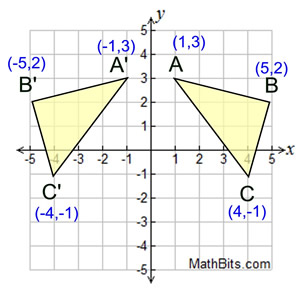
axis-angle formula) is a commonly prescribed solution to this problem. However, in many situations you might want to rotate around an arbitrary axis/vector.

Rotation around Arbitrary VectorĪ product of the aforementioned matrices should be enough if you only need rotations around cardinal axes (X, Y or Z) like in the question posted. Another resource is this tutorial on transformations that aims to be intuitive and illustrates the ideas with animation (caveat: authored by me!). I found this lecture video to be a very good resource. Without understanding the basic maths behind it, debugging transformations would be a nightmare.

I urge you to read about linear and affine transformations and their composition to perform multiple transformations in one shot, before playing with transformations in code. Combining multiple transforms together is called concatenation or composition. The order in which the transforms are applied matters. You'd first translate (move) the object to world origin (so that the object's origin would align with the world's, thereby making r = 0), perform the rotation with one (or more) of these matrices and then translate it back again to its previous location. Since not all objects are at the world origin, simply rotating using these matrices will not give the desired result of rotating around the object's own frame. This can also be seen as a special case where r = 0. Usually we need to rotate an object around its own frame/pivot and not around the world's i.e. This rotation will be with respect to the world space origin a.k.a revolution.

The aforementioned matrices rotate an object at a distance r = √(x² + y²) from the origin along a circle of radius r lookup polar coordinates to know why. People resort to Quaternions in such situations, which is more advanced than this but doesn't suffer from Gimbal locks when used correctly. This works perfectly fine for 2D and for simple 3D cases but when rotation needs to be performed around all three axes at the same time then Euler angles may not be sufficient due to an inherent deficiency in this system which manifests itself as Gimbal lock. Note 2: This method of performing rotations follows the Euler angle rotation system, which is simple to teach and easy to grasp. Note 1: axis around which rotation is done has no sine or cosine elements in the matrix. |sin θ cos θ 0| |y| = |x sin θ + y cos θ| = |y'|Īround the Y-axis would be | cos θ 0 sin θ| |x| | x cos θ + z sin θ| |x'| In 3D rotating around the Z-axis would be |cos θ −sin θ 0| |x| |x cos θ − y sin θ| |x'| 0° (rotation happens on the XY plane in 3D). Rotating a vector around the origin (a point) in 2D simply means rotating it around the Z-axis (a line) in 3D since we're rotating around Z-axis, its coordinate should be kept constant i.e. That works in 2D, while in 3D we need to take in to account the third axis. From linear algebra, to rotate a point or vector in 2D, the matrix to be built is |cos θ −sin θ| |x| = |x cos θ − y sin θ| = |x'| A matrix is just a mathematical tool to perform this in a comfortable, generalized manner so that various transformations like rotation, scale and translation (moving) can be combined and performed in a single step, using one common method. When you understand this, creating a matrix to do this becomes simple. New coordinates of the vector, = ⟹ Y-axis To demo this, let's take the cardinal axes X and Y when we rotate the X-axis 90° counter-clockwise, we should end up with the X-axis transformed into Y-axis. Say you want to rotate a vector or a point by θ, then trigonometry states that the new coordinates are x' = x cos θ − y sin θ If you want to rotate a vector you should construct what is known as a rotation matrix.


 0 kommentar(er)
0 kommentar(er)
